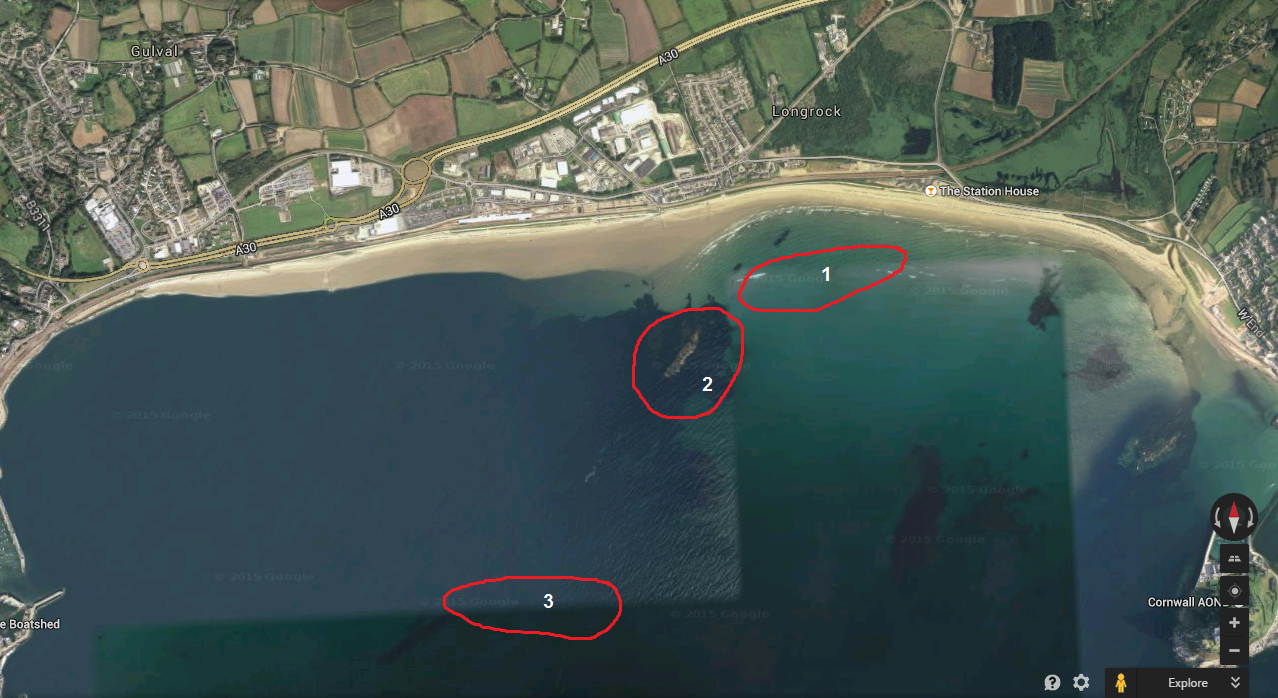With news of a drake
Ring-necked Duck present at Priorslee Lake in Shropshire at the weekend, having
only seen a female of this species before I was keen to call in on the way back
up north from Devon.
Arriving at Priorslee Lake and parking in the layby off the A4640, we soon clocked on to our target near to the orange buoy on the right hand side of the lake. Originally asleep with his head tucked under his wing, we could still make out some of the subtle differences that separate Ring-necked Ducks from the similar and more common Tufteds.
Arriving at Priorslee Lake and parking in the layby off the A4640, we soon clocked on to our target near to the orange buoy on the right hand side of the lake. Originally asleep with his head tucked under his wing, we could still make out some of the subtle differences that separate Ring-necked Ducks from the similar and more common Tufteds.
 |
| A distant shot of the Ring-necked Duck drake |
Eventually waking up and
swimming around with the resident Tufted Ducks, this was a great opportunity to
take in all the ID features – the slightly peaked crown was clearly visible, as
was the deep orange eye, whilst we could clearly see the distinguishing white
bands on the bill. The white wedge shape on the side (a key feature separating
Ring-necked Ducks and Tufted Ducks) also stood out even from a distance,
contrasting to the darker grey side than you would normally find on a Tufted.
 |
| Note the white bands on the bill - absent on a Tufted Duck |
 |
| The white wedge on the side is also clear to see |
Having missed a one-day drake
at my local Neumann’s Flash last year, it was great to finally catch up with
this North American visitor, and the setting sun on the lake made for a great
break from our 4 hour trip back from Devon.
 |
| The Coots were making the most of the evening light (Sadly not an American Coot....) |
Recently, I also stumbled
across a local site for Ruddy Duck when looking at nearby Birdtrack records in
the area. Having not seen one now for around 4 years, I made the 20 minute
journey to see if I could locate one. As soon as we arrived at the lake, Alex
(Ruddy Duck obsessive) immediately locked on to the bird, a fine looking male
that spent most of its time asleep before finally waking up and displaying that
electric blue bull for us to admire.
Ruddy Ducks, once a common
sight across our UK water bodies, have now drastically reduced in numbers, with
just a handful of individuals scattered throughout Britain. Due to the threat
that this non-native North American species poses to the White-headed
Duck population in Spain through inbreeding, the government took the decision
to cull all individuals in Britain to protect the rarer Spanish residents.
Escaping from captivity back in
1948 and with over 6,500 individuals at their peak, the latest data as of 2014
indicated that just 10 females remained, and the future culling efforts will be
fixed on eradicating these last breeding individuals. With British birds
finding their way to Europe and arriving in France, Holland, Belgium and Spain,
it was the discovery of hybrids in 1990 in Spain that resulted in the
widespread cull being undertaken with the aim to completely remove any threat
to the native Spanish birds.
 |
| White-headed Ducks at Bonanza Pools in Spain last August |
I remember a time when Ruddy
Ducks were a regular occurrence at Marbury, Neumann’s and Moore, but recently
they have proved very hard to come across. Without doubt, they will become
extinct in Britain in the wild within the next 5 years. It’s unclear how long
this particular drake has been here for and indeed how long how long he will be
able to avoid the cull!













































